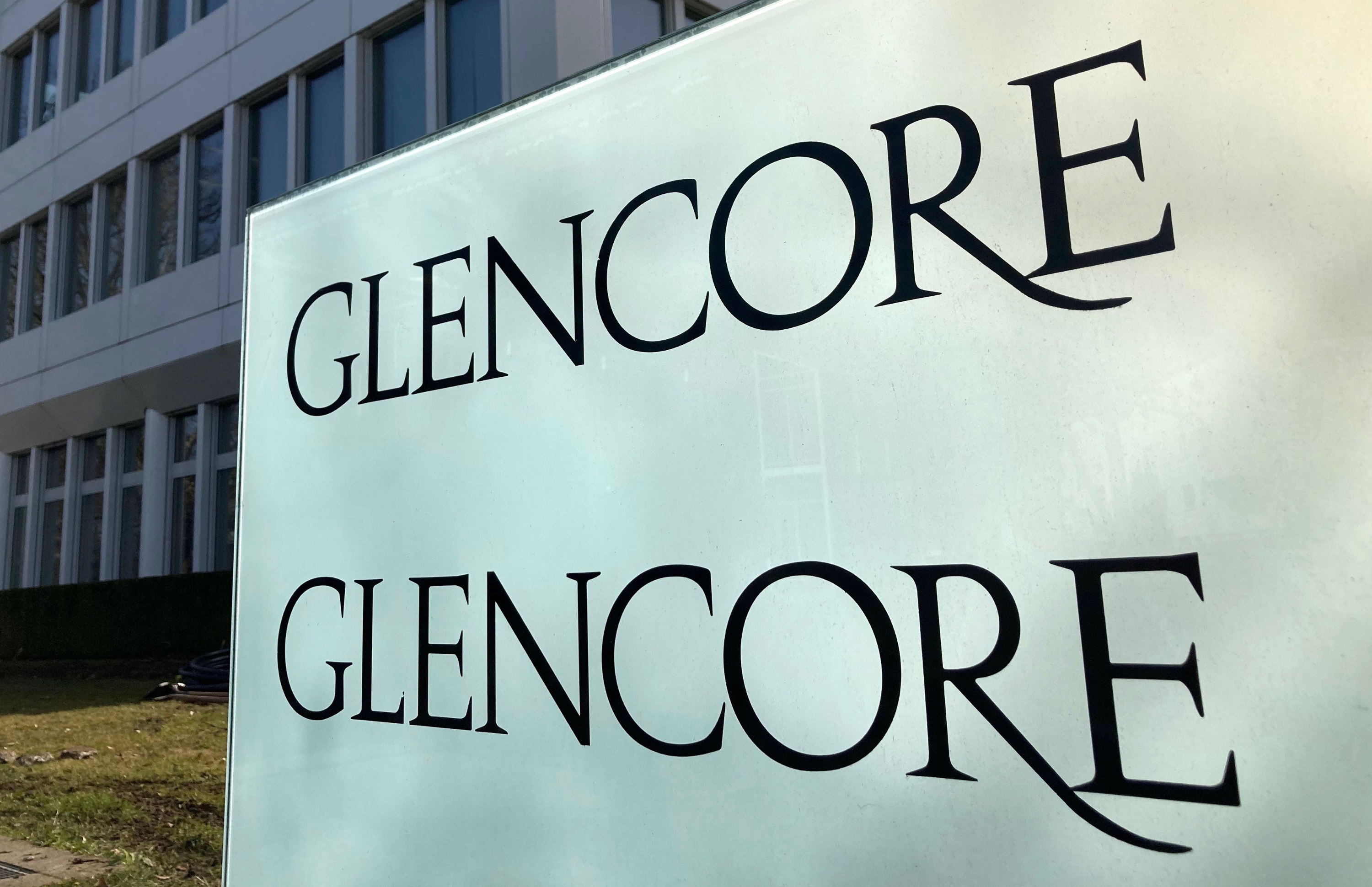Glencore restructuring: paving the way for a merger?
News Analysis

4
Jun
2025
Glencore restructuring: paving the way for a merger?
Glencore’s restructuring is a consolidation of its coal and ferroalloys assets into its Australian-based entity. The move will reduce costs and unlock value to some assets but could also pave the way for the next mining industry consolidation.
Glencore has transferred almost US$22Bn in foreign assets into its Australian subsidiary, Glencore Investment Pty, bringing the total to US$42Bn. The new structure consolidates coal mines in Canada, South Africa and Colombia as well as South African manganese, chrome and vanadium operations under Glencore’s Australian-based entity.
This move is not just about cost-cutting but about unlocking undervalued assets, attracting potential merger partners, and capitalising on Asia's demand. Pairing undervalued coal assets, which account for more than one-third of EBITDA, with critical minerals (cobalt, vanadium) could re-rate them as strategic ‘bridge’ assets to energy transition metals. Glencore’s integrated cobalt operations, with the Kwinana Cobalt Refinery (KCR) due to start in 2027, secures a foothold in the EV battery supply chain.
By centralizing key assets in a single jurisdiction, close to Asian markets, Glencore is creating a more attractive and simplified structure for potential partners or a merger. Talks about a potential merger with Rio Tinto have been resurfacing. For copper, Glencore's Collahuasi (44%), Antamina (34%), and growth projects (Mopani and Pachon) would complement Rio Tinto's Oyu Tolgoi (66%), 30% Escondida stake, and Kennecott operations. Rio Tinto's aluminium operations would align and integrate with Glencore's recent investments in bauxite and aluminium assets. Glencore’s cobalt assets would expand the portfolio into critical materials, while Rio Tinto’s iron ore operations would benefit from Glencore’s marketing expertise.
It remains uncertain, however, whether Rio Tinto would consider acquiring coal assets given that it exited the commodity in 2018. National considerations could be a hurdle, particularly in Australia, where Rio's iron ore assets are concentrated. Project Blue also believes that the cultural difference between the two groups remains a key obstacle, although the departure of the current Rio Tinto CEO, Jakob Stausholm, at the end of the year, could help to bridge the cultural gap between the two companies.
In 2024, the unsolicited BHP bid for Anglo American raised the odds of a mega-merger in the mining industry. Mergers talks are back again. Whoever the protagonists will be, a consolidation of the industry will happen, sooner rather than later.